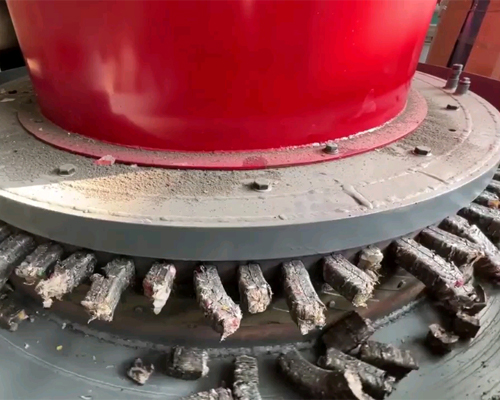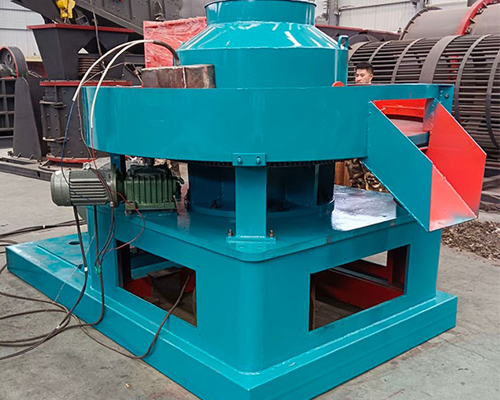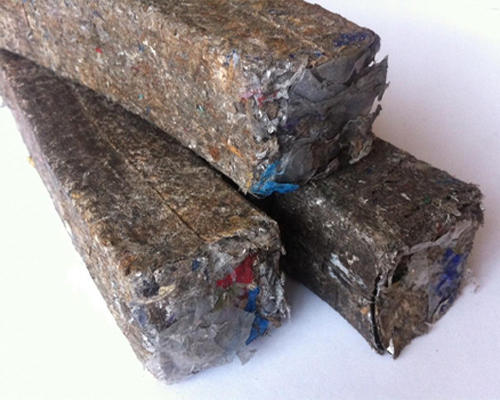Manufacturer & Supplier for RDF Briquettes Making Machine
1). Product Overview:
1.RDF Briquettes Making Machine is a device used to convert combustible wastes such as municipal solid waste (MSW) and industrial waste into high-density, high-calorific value fuel rods. Through compression molding technology, these wastes can be effectively utilized as alternative energy sources for industrial boilers, power plants and other places, thereby reducing dependence on traditional fossil fuels and reducing environmental pollution.

2). Main features:
1. High efficiency and energy saving: using advanced compression technology to improve production efficiency while reducing energy consumption.
2. Environmental protection and cleanliness: reducing harmful substances during the treatment process, in line with environmental protection standards.
3. Easy to operate: humanized design, easy to operate and maintain.
4. Wide range of applications: suitable for various types of waste treatment, including but not limited to paper, wood waste, plastics, etc.

3). Technical parameters:
Model | Power(KW) | Capacity(T/H) | Mold quantity | Roll quantity | Over dimension(MM) |
9JK-2600 | 75 | 1-2 | 52 | 2 | 2647*2100*1900 |
9JK-3500 | 110 | 2-3 | 72 | 2 | 3250*2600*2000 |
9JK-4500 | 132 | 3-4 | 88 | 2 | 3350*2800*2200 |
9JK-5000 | 160 | 4-5 | 100 | 2 | 3000*2300*2000 |
9JK-5500 | 160 | 4-5 | 102 | 2 | 3000*2400*2000 |
9JK-6500 | 200 | 4-5 | 120 | 3 | 4400*2970*2495 |
4). Application areas:
Widely used in urban waste treatment plants, power plants, chemical plants and other industrial sites that require alternative fuels.

5). How to produce efficiently
1. Equipment specifications: Different RDF Briquettes Making Machine have different specifications and models, and their production capacities will also vary. For example, some small equipment may only be able to process a few hundred kilograms to one ton of raw materials per hour, while large professional production lines may reach a processing capacity of tens or even hundreds of tons.
2. Raw material properties: The type, moisture content, particle size, etc. of the raw materials will affect the final production efficiency. For example, wetter raw materials require longer drying time, which may reduce the overall production rate; while raw materials with a higher degree of crushing are easier to be compressed and formed.
3. Preparation process: From the pretreatment of raw materials (such as crushing, screening, mixing) to the final forming (such as granulation, pressing, drying), each step will have an impact on the overall production efficiency. If the process flow is properly designed, it can significantly improve production efficiency.
4. Operation management: Good operation management and maintenance plan are also the key to ensure the efficient operation of equipment. Regular inspection and maintenance of the machine and timely replacement of worn parts can avoid downtime caused by failures, thereby improving production efficiency.
-
 Trommel screenTrommel screen, also known as drum screens, are widely used in various industries for sorting and separating materials.Get Quote
Trommel screenTrommel screen, also known as drum screens, are widely used in various industries for sorting and separating materials.Get Quote -
 Crop straw double shaft shreddApplications:Biomass Energy Production: Shredded straw can be used as a feedstock for bioenergy plants to produce electricity or heat.Livestock Feed: Reduced-si...Get Quote
Crop straw double shaft shreddApplications:Biomass Energy Production: Shredded straw can be used as a feedstock for bioenergy plants to produce electricity or heat.Livestock Feed: Reduced-si...Get Quote -
 Zhongcheng Air Drum SeparatorAir drum separators effectively separate lightweight materials (e.g., plastics, paper) from heavier materials (e.g., metals, glass). This high efficiency is cru...Get Quote
Zhongcheng Air Drum SeparatorAir drum separators effectively separate lightweight materials (e.g., plastics, paper) from heavier materials (e.g., metals, glass). This high efficiency is cru...Get Quote
-
2024-08-20A rubber double shaft shredderExamples of Specific Models:GDB Series Biomass Shredder: Although primarily designed for biomass materials, this model can also be configured to handle various ...
-
2024-07-10msw trommel screen for waste recycling machineThis equipment is suitable for the particle classification process in all walks of life:The equipment is simple, easy to operate,and can be operated with a larg...
-
2024-06-08Solutions for Jaw Crusher ProblemsJaw crusher is widely used in mining, smelting, building materials, highways, railways, water conservancy and chemical industries. The maximum compressive stren...
-
2023-01-18RDF Making MachineRDF (Refuse Derived Fuel) making machine is a specialized equipment used in waste management and energy recovery processes. Its primary function is to convert v...
-
2024-08-05Hot-sell Coconut Shredderworking principleCoconut shell shredder usually uses the force generated by cone and spiral to evenly squeeze the coconut meat in the grinding chamber between t...



